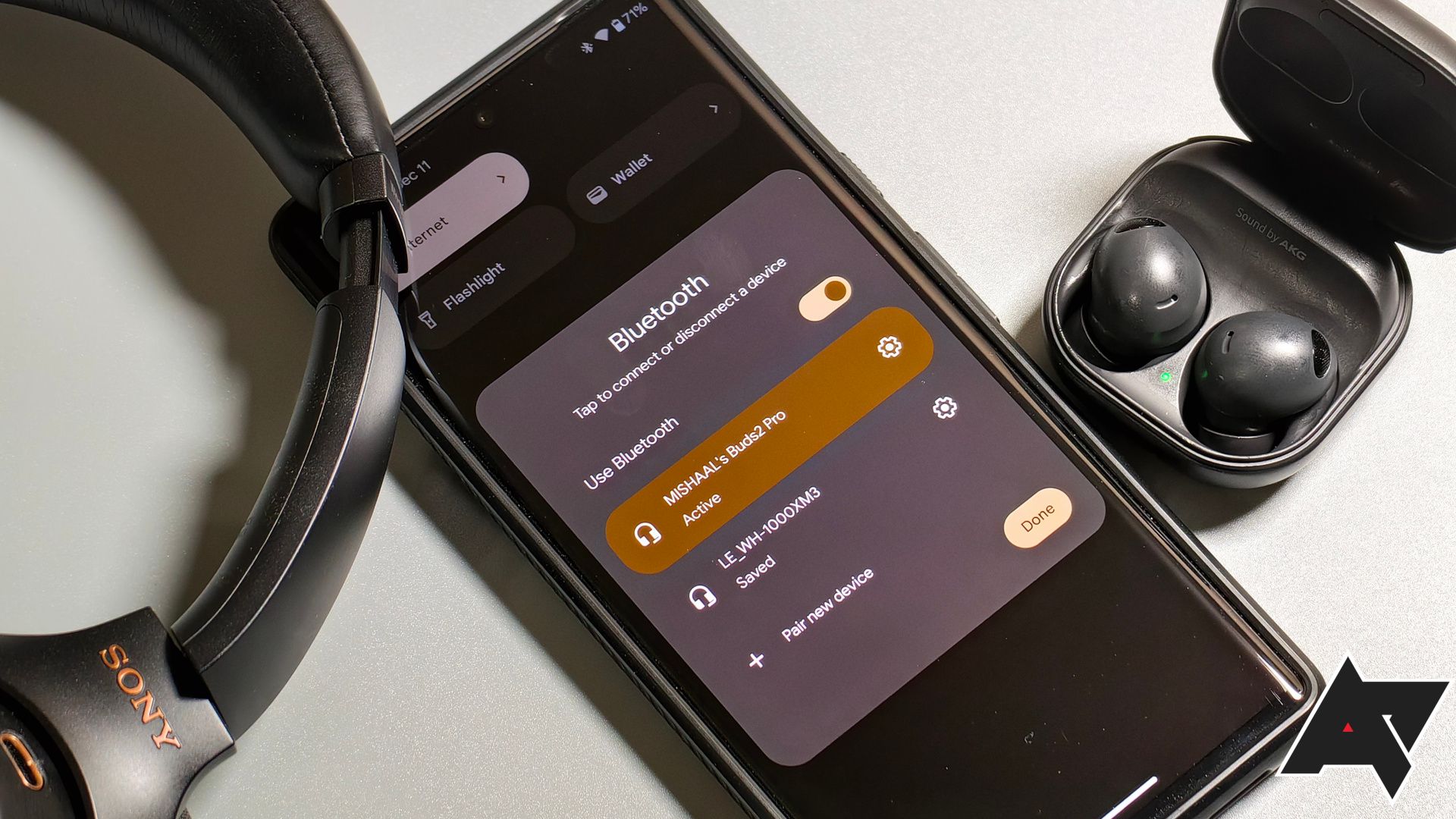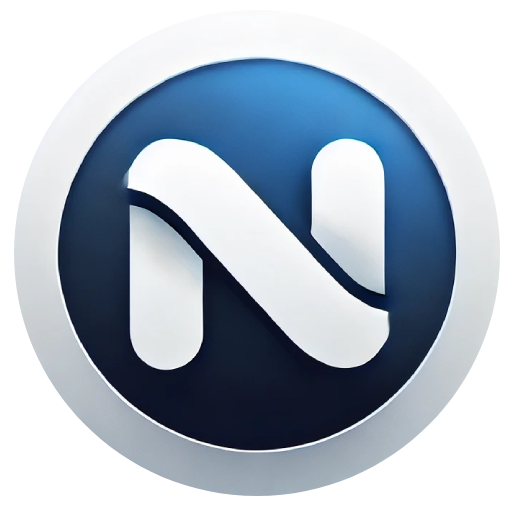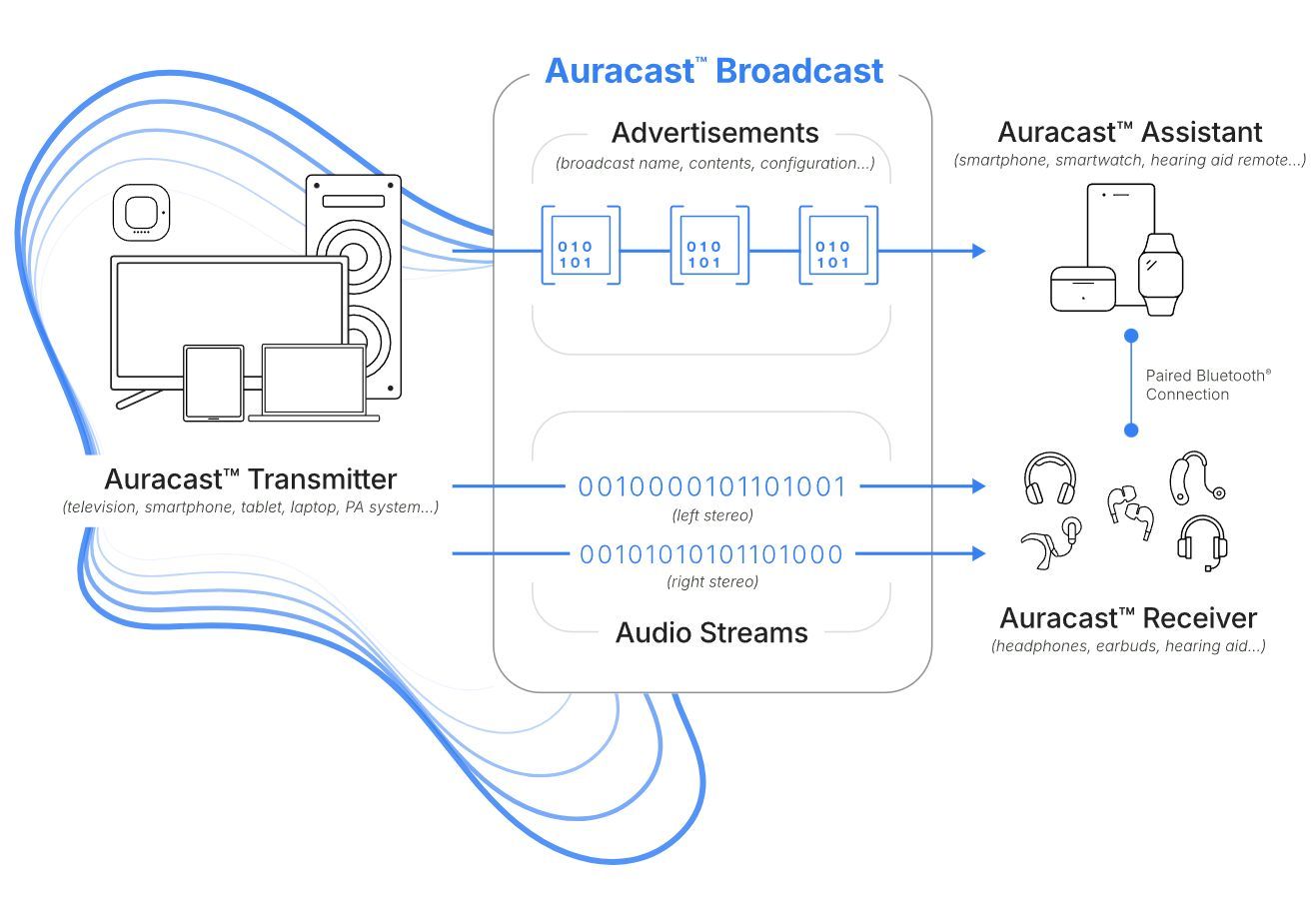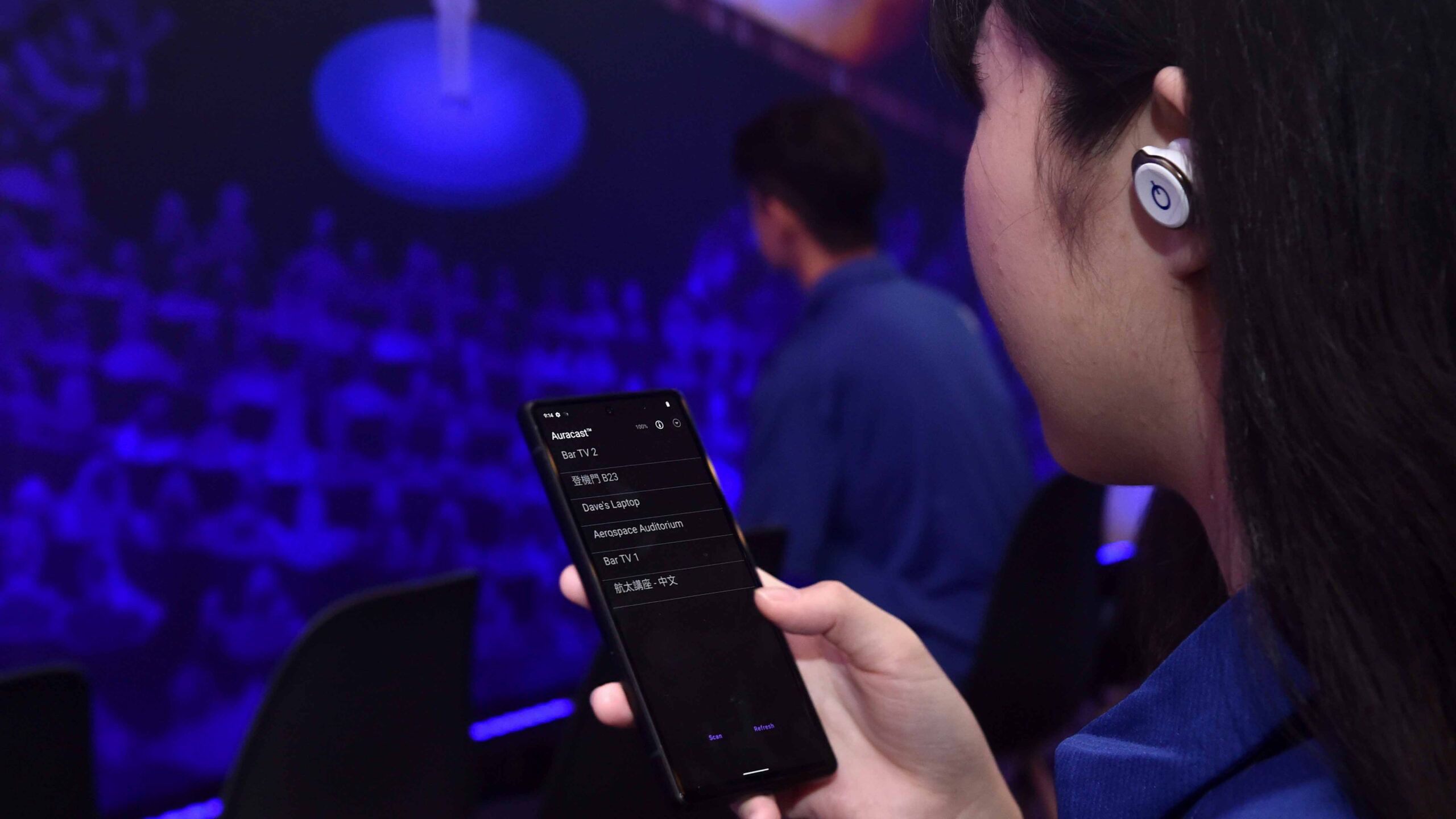Android 16 is shaping up to be a quietly impactful update due to the addition of Auracast support for LE Audio hearing aids. While it has not drawn the same buzz as flashy UI overhauls or AI enhancements, Auracast can change how people experience audio across Android devices.
Auracast is a broadcast audio technology introduced by the Bluetooth SIG (Special Interest Group), allowing a single audio source to transmit to multiple devices simultaneously. It is like a modern, high-fidelity version of FM radio, but over Bluetooth. With Android 16 embracing Auracast, Google is unlocking new use cases that are not just cool or convenient. The feature opens the door to a new way of sharing and consuming sound, especially in public and accessibility-focused environments.
Related
How to remove paired Bluetooth devices on Android
A quick remove and re-pair often fix Bluetooth glitches
What is Auracast?
Technology that can help you listen better
Source: Bluetooth SIG
Auracast is a Bluetooth LE Audio feature that lets one device broadcast audio to several devices simultaneously. A single device can stream audio to multiple earbuds, hearing aids, or speakers. Listeners can “tune in” to a broadcast in public or private settings, making it as easy to share sound as it is to share a Wi-Fi network.
Unlike classic Bluetooth audio, which relies on point-to-point connections (one phone to one pair of headphones), Auracast allows one-to-many broadcasting. It is ideal for shared listening scenarios like public transit announcements, multi-language support at conferences, group workouts, or silent discos.
Android 16 is laying the groundwork for Auracast
Discover nearby broadcasts with ease
If you have hearing aids from companies like Starkey and GN Hearing with LE Audio support, you can try the feature on compatible devices right now. It should also work with any audio device with LE Audio. As of this writing, the feature is supported on Samsung Galaxy devices running One UI 7 or Android 15, and Pixel 9 devices with the Android 16 beta.
For people with hearing impairments or other accessibility needs, Android 16’s Auracast support opens up a new world. Hearing aid users have traditionally had to rely on expensive, proprietary solutions to access public audio systems or connect to smartphones. With Auracast, any compatible hearing aid can tap into shared audio streams.

Related
Bluetooth hearing aid compatibility: Which phones have it
When you buy hearing aids, make sure you have a compatible phone to get the most out of them
For instance, a person with hearing loss can hear boarding announcements by joining the airport’s Auracast stream. You can also tune into Auracast broadcasts from compatible public venues or TV streamers on phones that support the feature. Want to watch a movie with friends on a tablet without disturbing others? Everyone can connect their earbuds to the same audio stream. In fitness classes, instructors can broadcast music and instructions directly to participants’ headphones. In museums, audio guides can be delivered wirelessly to multiple listeners without rented gear.
While Samsung’s latest Galaxy phones already support Auracast, Android 16’s native support will ensure that these benefits will no longer be limited to niche devices. By bringing Auracast to millions of Android users, Google is making accessibility more affordable and far-reaching.
How Auracast can transform public audio infrastructure
Android will play a crucial role in mainstream adoption
Source: Bluetooth SIG
Although Auracast has been around for a while, its widespread impact depends on implementation. By integrating support directly into Android 16, Google is pushing the tech into the mainstream.
As more venues adopt Auracast transmitters, Android 16 users will be ready to plug into this new audio ecosystem. It could signal the phasing out of systems like induction loops or hardwired headphone jacks at service counters and transit hubs.
For broadcasters, Auracast offers better sound quality, lower latency, and a more manageable setup compared to older assistive audio tech. For end users, the benefits are instant access and device-level convenience.
Auracast adoption still faces a few hurdles
There are some challenges ahead
Source: Bluetooth SIG
Auracast adoption faces hurdles despite its promising features since it won’t work without adequate hardware support. Auracast utilizes Bluetooth LE Audio, which requires devices with Bluetooth 5.2 or later. While most 2023 and 2024 flagship phones are ready, the adoption curve for earbuds and hearing aids is still catching up. The rollout may be gradual, but Android 16 lays the groundwork for a long-term shift.

Related
Why Bluetooth headphones are better on Android than iOS
Bluetooth feels right at home on Android
Audio sharing is a breeze with Auracast
Auracast isn’t the kind of feature that will grab headlines like a UI redesign or flashy AI features, but its potential runs deep. It represents a fundamental change in how Android devices transmit and receive sound in the real world. Whether you’re someone with hearing loss, a tech-savvy traveler, or like to watch videos with friends in a public space, Auracast will eventually impact your day-to-day audio experience.




